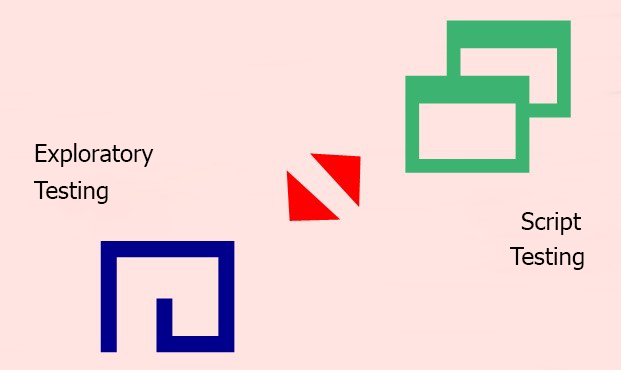Software testing can be performed in many ways and every QA engineer will eventually develop his/her own style of work.
But sometimes you need to use a certain type of testing during your work so it’s important to find out what will be a good choice for you. And if you don’t like it, then try to learn something new – something that will definitely come in handy.
Further, we’ll talk about the main principles of exploratory testing, its main features and analyze in what way it differs from script testing.
So what is exploratory testing?
It’s a special type of testing during which a user performs testing and, at the same time, makes up a new test by analyzing software behavior.Why does software need to be tested with the help of it?
There are several reasons for doing this:
- A QA department doesn’t have test cases yet;
- It should be tested as soon as possible;
- A tester wants to feel safe — cover software either with new tests or ready ones.
Script testing, where everything is done by using a ready template, is completely opposite to exploratory testing.
Testing actions are prescribed and expected here and they follow the primary test script.

Exploratory Testing vs Script Testing
The main features of exploratory testing
- Parallel planning, process creation, task execution;
- Flexibility in a software testing approach— testing without a certain established script;
- Possibility to operate in different ways if a script is not executed;
- Increased speed of work of testing companies in order to start testing (tests are started right after a task is received — no need to create a test plan).
Methods of exploratory testing
Though exploratory testing is more creative than script testing, you need to follow certain rules and techniques to not miss a bug.
- Method of deconstruction: one big software consists of numerous small parts. Dividing something big into small and clear parts will help a user, even if he/she does this with a common pencil on a piece of paper. It’s much easier to test separate blocks than the entire product;
- Sets of test tours designed by James Whittaker, focus our attention on the principle that if you search for something certain, you will definitely find it. The focus is on searching for one type of bugs;
- Cheat lists – unique lists of tests;
- Mnemonics. These are the methods to memorize something.










Leave A Comment